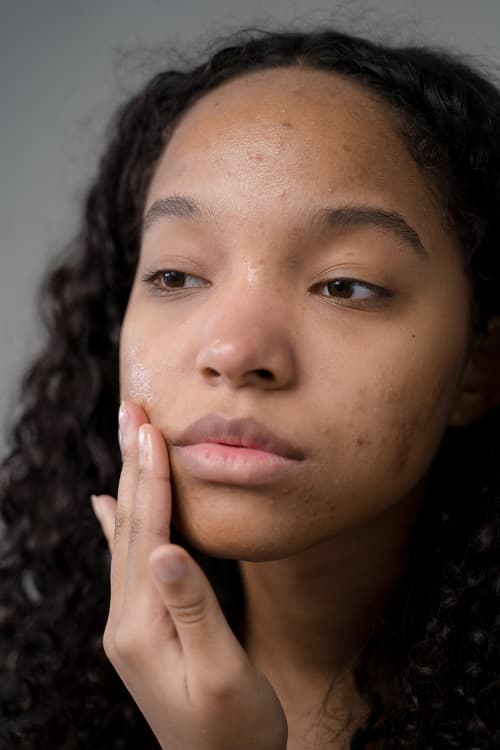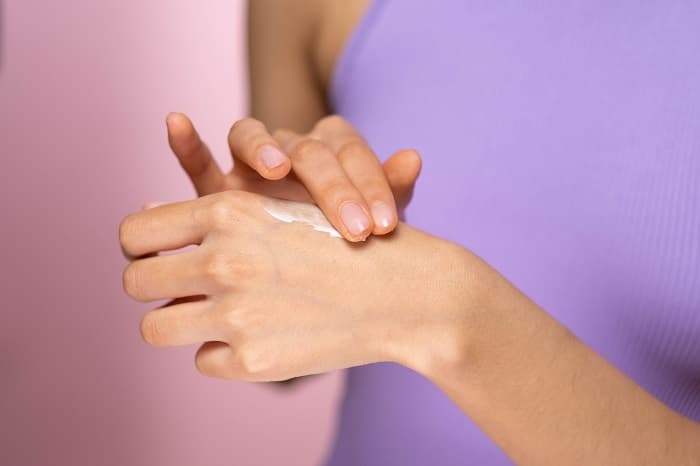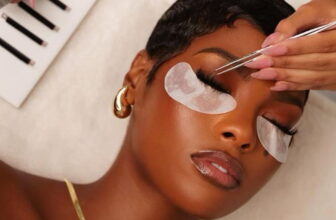One of the most important steps in any skincare routine is moisturizing. Properly hydrated skin is happy skin – and happy skin is key to achieving a radiant, healthy complexion. But what does “properly moisturizing” actually mean?
There is more to it than just slathering on your favorite lotion or cream. In order to effectively moisturize your skin, you need to take a multi-pronged approach that includes using the right products, practicing good habits, and knowing what to avoid.
For starters, moisturizing your skin means applying a cream, lotion, or other product to your skin to hydrate it and help prevent dryness. Moisturizing can help to protect the skin from environmental damage, reduce the appearance of fine lines and wrinkles, and even out the skin tone. It can also make the skin feel softer and smoother.
There are many different types of moisturizers available, and the right one for you will depend on your skin type and any specific needs or concerns you have. In general, it’s a good idea to use a moisturizer that is formulated for your skin type (e.g., oily, dry, combination) and to apply it after cleansing your face and while your skin is still damp, to help seal in the moisture. Ahead, 7 practical ways to properly moisturize your skin.
How to Moisturize Your Skin
Following a facial cleaning, moisturizer should be applied to clean the skin to prevent post-wash skin dryness. Due to the fact that they lock in moisture, they work best when applied to slightly damp skin. You may moisturize your skin properly and healthily by following the steps provided below. Note that everyone’s skin is different and may require a different type of care routine and ingredients. It’s always advised to consult with a dermatologist before making any drastic changes.
1. Cleanse your skin
Before applying moisturizer, make sure your skin is clean and free of makeup or other impurities. Use a gentle, fragrance-free cleanser to wash your face. This process is important because it removes dirt that can clog pores and prevent the moisturizer from penetrating the skin. A proper cleanse will also help to remove any excess oil, sweat, or other debris that may be on the surface of the skin, which can contribute to breakouts and other skin problems. It’s recommended to use a gentle, non-irritating cleanser that is appropriate for your skin type. It’s also important to remember that after cleansing, your skin may feel a bit tight and dry, which is why moisturizing is important to follow immediately.
 Photo: Pexels/Ron Lach
Photo: Pexels/Ron Lach 2. Exfoliate
Exfoliating your skin removes dead skin cells, which can make it easier for moisturizer to penetrate the skin leaving it feeling smooth and hydrated. It is recommended to use a gentle exfoliator and to not exfoliate too frequently, as over-exfoliation can irritate the skin.
3. Use a toner
A toner can help restore the skin’s natural pH balance, which can help it better absorb moisturizer. Toners can be used to moisturize by applying them to the face after cleansing, but before using a moisturizer. They can also be mixed with a moisturizer or used as a mist throughout the day to add hydration to the skin. It’s important to choose a toner that is formulated for your skin type, as some toners may be too drying or too oily.
4. Apply moisturizer while your skin is still damp
After cleansing and toning, apply moisturizer while your skin is still damp. This can help lock in moisture. When applied to damp skin, moisturization has a longer-lasting impact, especially for those who frequently experience dry skin.
5. Use an oil-based moisturizer
An oil-based moisturizer, like a face oil or a balm, can aid in forming a barrier on the skin to keep moisture in. The skin can be greatly hydrated by using moisturizing face masks, facial serums, and oils that are rich in essential oils.
6. Use a humidifier
A humidifier can add moisture to the air, which can help keep your skin hydrated. For skin moisture, a particular level of humidity is beneficial. You can keep a bowl of water filled with water in your room or use a humidifier in really dry climates to maintain the proper humidity levels.
 Photo: Pexels/Ron Lach
Photo: Pexels/Ron Lach 7. Wear sunscreen
Sun exposure can dry out your skin, so be sure to protect your skin from the sun by wearing sunscreen with at least SPF 30.
Ingredients to look out for in moisturizing products
There are many different ingredients that can be used to moisturize the skin. Some of the most common and effective ones include:
Hyaluronic acid: This is a naturally occurring substance that can hold up to 1000 times its own weight in water. It helps to hydrate the skin and plump it up, reducing the appearance of fine lines and wrinkles.
Glycerin: This is a humectant, which means it attracts and retains moisture. It can help to hydrate the skin and keep it feeling soft and supple.
Ceramides: These are lipids (fats) that are naturally found in the skin. They help to form a barrier that locks in moisture and protects the skin from environmental damage.
Fatty acids: Such as Oleic acid, linoleic acid, and linolenic acid. These are important components of the skin’s natural oils, and they can help to nourish and protect it.
Vitamin E: This is an antioxidant that helps to protect the skin from damage caused by free radicals, which are molecules that can damage cells.
Panthenol: Vitamin B5, that helps to hydrate and soothe the skin.






